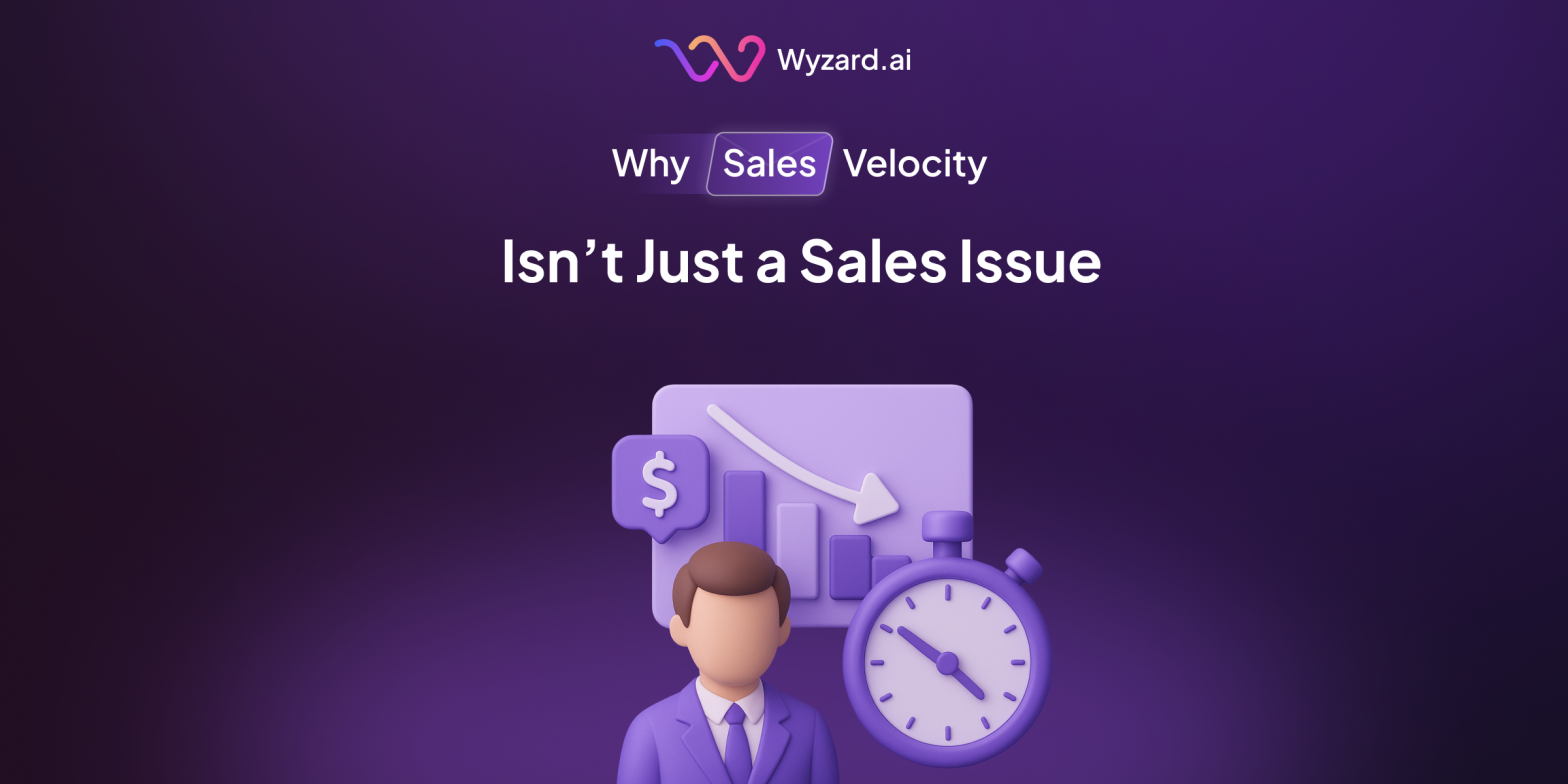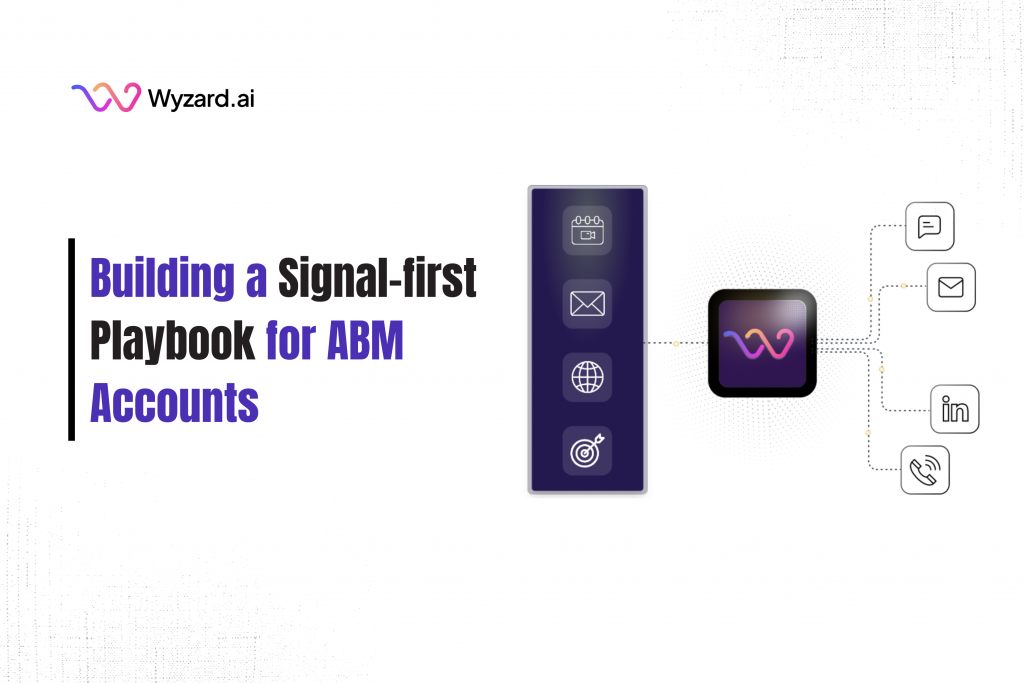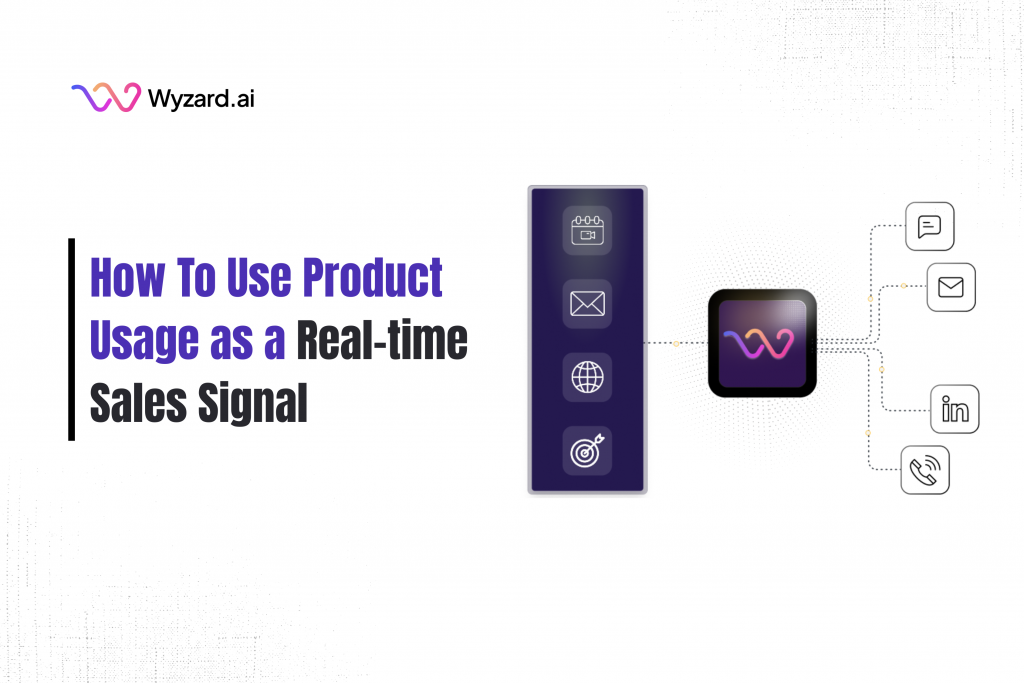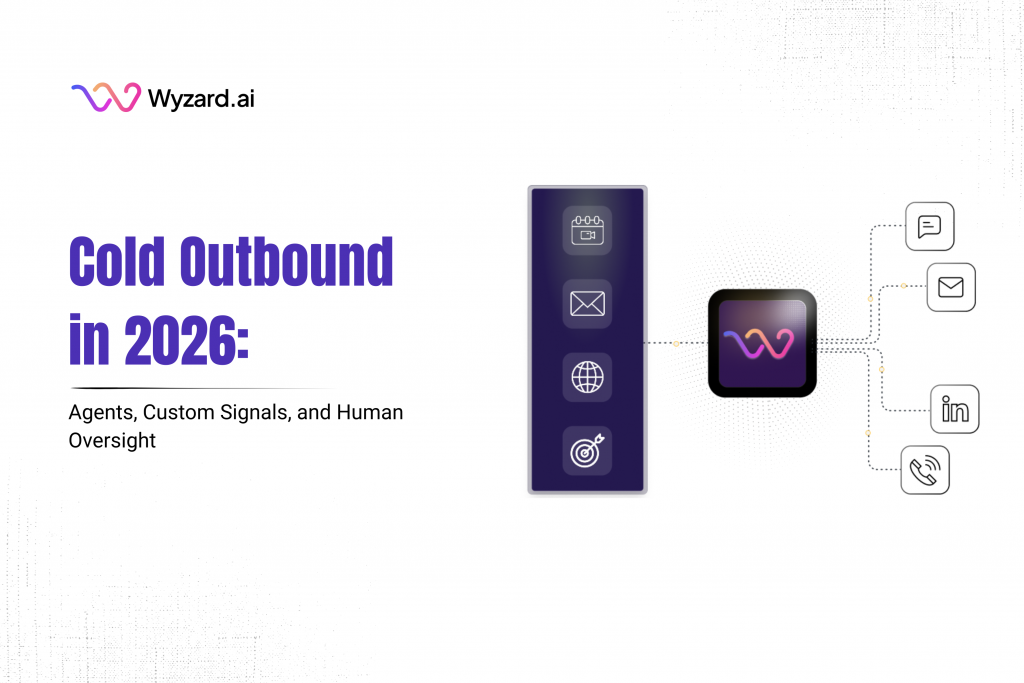If you run marketing or revenue for a B2B team, you probably care less about raw lead volume and ...
Why Your Sales Velocity Isn’t a Sales Problem (It’s a Lead Quality Problem)


Subscribe Now
Sales velocity is one of the most scrutinized metrics across modern revenue teams. When deals stall, blame typically falls on sales. Reps didn’t follow up fast enough. SDRs didn’t qualify well. Account execs missed the mark on objection handling. But here’s the hard truth:
Most velocity problems aren’t sales problems
They’re lead quality problems.
The Velocity Mirage: Why Speed Isn’t the Only Factor
Sales velocity measures how quickly deals move from opportunity to closed-won. It’s a function of deal size, win rate, sales cycle length, and number of opportunities. But too often, we treat it as a downstream sales issue—something to be fixed by faster follow-ups or better objection handling.
But what if your pipeline is clogged before sales even gets involved?
Speed won’t fix friction caused by unqualified leads. When marketing passes along weak MQLs based on vanity metrics—like ebook downloads, webinar signups, or high-level browsing—they create false positives. Reps chase leads that never had intent to buy. Conversion suffers. So does morale.
Instead of asking sales to move faster, we should ask: are we qualifying better?
II. Marketing’s Hidden Role in Pipeline Friction
When marketing is pressured to deliver leads, quantity often trumps quality. That’s where the disconnect begins. An MQL that’s loosely defined—say, someone who opens two emails and downloads a whitepaper—might meet the criteria on paper, but not in practice.
This creates hidden friction. Sales spends time disqualifying rather than closing. Leads sit idle in CRMs because no one is confident in their readiness. Meanwhile, valuable prospects who actually show buying intent get lost in the noise.
The cost of poor lead quality isn’t just wasted time—it’s missed revenue. And the longer this persists, the harder it becomes to pinpoint where pipeline leakage is happening.
A tight MQL to SQL conversion rate is your early warning signal. If that’s slipping, start upstream.
III. What Smart Lead Qualification Really Means
Smart Lead Qualification is about filtering signals from noise—consistently, automatically, and in real time. It’s not about scoring every lead that matches your ICP. It’s about understanding the context, urgency, and relevance of their behavior.
Here’s what it looks like:
- Intent-first assessment: It’s not just who they are; it’s what they’re doing. Did they bounce after 30 seconds or dive into your pricing and product comparison pages?
- Behavioral signals: Smart systems pick up on deeper engagement—multiple high-intent page visits, re-engagement after email, return sessions within 24 hours.
- CRM-backed intelligence: Leads that mirror the journey of past closed-won deals deserve attention. If they fit known success patterns, they’re probably worth prioritizing.
- Omnichannel visibility: If your lead engaged on multiple channels in the last 48 hours, they’re signaling urgency. A Marketing Copilot connects those dots automatically.
Wyzard’s Marketing Copilot embodies this approach. It’s built for Smart Lead Qualification across every channel. Unlike traditional tools, it continuously interprets real-time behavior, CRM history, and marketing engagement to identify sales-ready leads and deliver them directly to reps with zero lag.
IV. Lead Quality Metrics That Actually Move the Needle
Your measurement framework needs to evolve with your qualification strategy. Start with these:
- MQL to SQL conversion rate: The clearest indicator of alignment between marketing and sales. Aim for consistency, not just spikes.
- Demo readiness rate: How many leads that book a meeting are actually a good fit? This tells you if your qualification questions are working.
- Time-to-qualify: In the age of instant expectations, real-time qualification isn’t a luxury—it’s a necessity.
- Pipeline velocity by channel: Your best leads aren’t coming from just one source. Analyze performance by entry point to double down where it counts.
These metrics reflect reality—not just reach. And they give both marketing and sales a shared language to improve together.The Marketing Copilot from Wyzard makes tracking and acting on these metrics seamless. It centralizes the data, adapts qualification models automatically, and ensures your team doesn’t lose precious hours chasing the wrong leads.
V. Fix the Upstream to Speed Up the Downstream
To improve conversion, you need to prevent leakage. That means redesigning your funnel not just for volume, but for velocity.
Here’s how forward-thinking GTM teams are making it happen:
- Real-time routing: When a lead triggers a key behavior, the response should be immediate. Whether it’s a triggered conversation, an automated email, or a personalized page redirect—smart engagement happens now.
- Enriched lead profiles: Combine form data with behavioral and firmographic signals. A 20-field form isn’t needed when your Marketing Copilot pulls real-time context from CRM, web sessions, and third-party tools.
- Cross-channel orchestration: One email reply doesn’t tell the full story. But combined with ad clicks, on-site chat, and LinkedIn activity, it creates a narrative. Smart Lead Qualification uses that to score intent accurately.
- Model iteration: Your scoring model isn’t static. As buyer behavior shifts, so should your qualification logic. Marketing Copilots adjust in real-time—not quarterly.
Fixing the upstream isn’t just about better filters. It’s about smarter systems that remove guesswork entirely.
VI. Real-World Shift: How GTM Leaders Are Getting Ahead
Modern marketing teams know that lead quality isn’t just a sales enabler—it’s a strategic advantage. Instead of scaling SDR teams or pushing more budget into paid channels, they’re investing in qualification intelligence.
The result? Fewer handoffs. Better meetings. Higher win rates.
These teams aren’t just using AI—they’re operationalizing it. Tools like Wyzard’s Marketing Copilot are being deployed to listen, learn, and act across the entire funnel. It’s omnichannel, intelligent, and always on.
With Smart Lead Qualification handled by Wyzard, sales teams spend more time closing and less time qualifying. It’s not just more efficient—it’s more effective.
If your current system can’t tell a sales-ready lead from a casual browser, you’re leaving revenue on the table.
VII. It’s Not Sales—It’s the System
You can coach reps harder, create better cadences, or optimize your outreach sequences. But if the pipeline is full of unqualified leads, you’re solving the wrong problem.
Smart Lead Qualification is the new frontline of growth. And tools like Wyzard aren’t just making it easier—they’re making it automatic. Purpose-built for modern B2B teams, the Marketing Copilot turns traffic into pipeline—without needing more SDRs.
Book a demo to see how Wyzard’s Marketing Copilot helps modern B2B teams engage high-intent leads, reduce pipeline friction, and accelerate velocity—without adding headcount.
Other blogs
The latest industry news, interviews, technologies, and resources.
How To Use product usage as a Real-time Sales Signal
If you lead growth at a PLG company, you already know the dream: the product does most of the ...

December 7, 2025
Cold Outbound in 2026: Agents, Custom Signals, and Human Oversight
Your SDR team has good data, a stack of sequences, and a modern engagement platform. The emails still feel ...

 We’ve secured funding to power Signal-to-Revenue AI to GTM teams globally. →
We’ve secured funding to power Signal-to-Revenue AI to GTM teams globally. →


